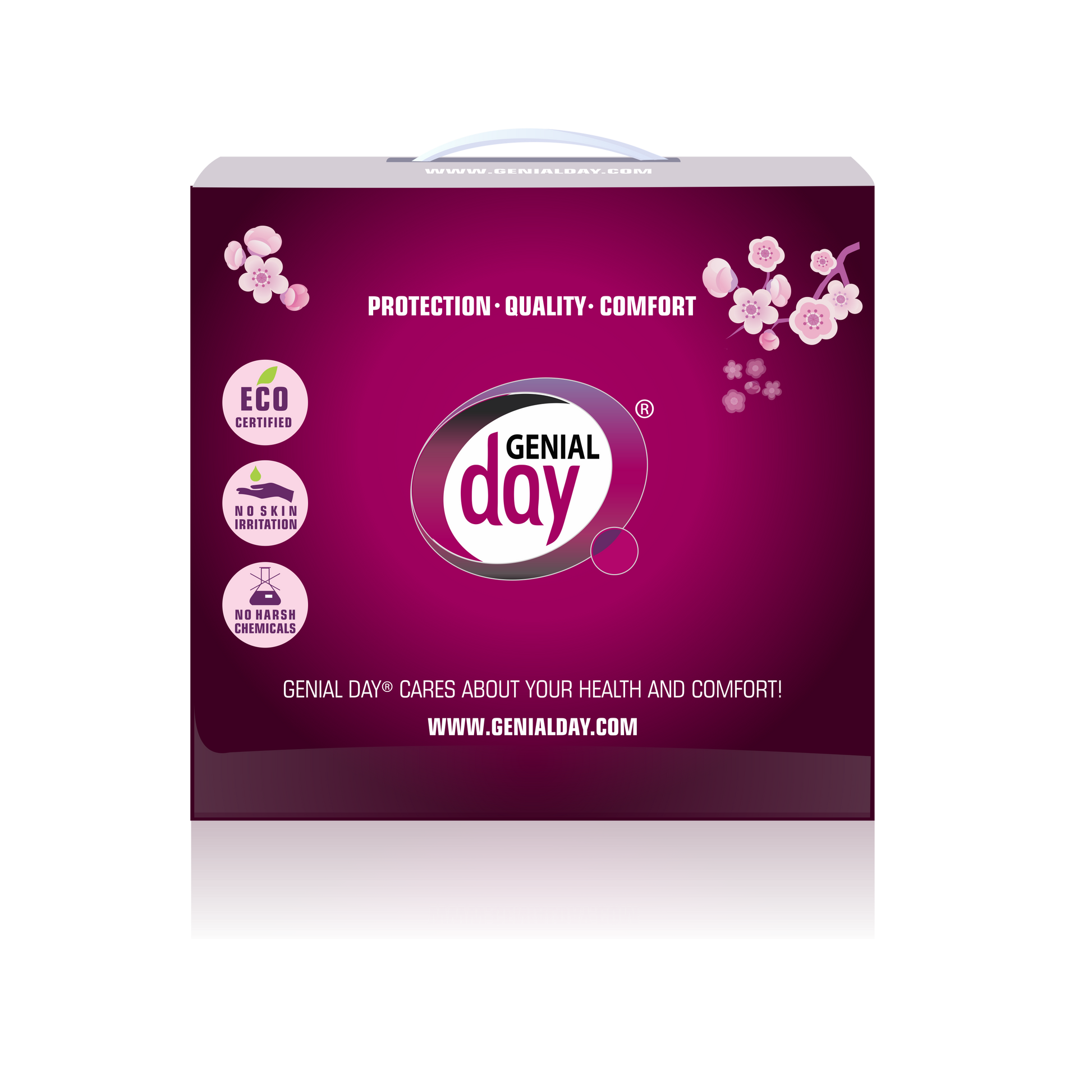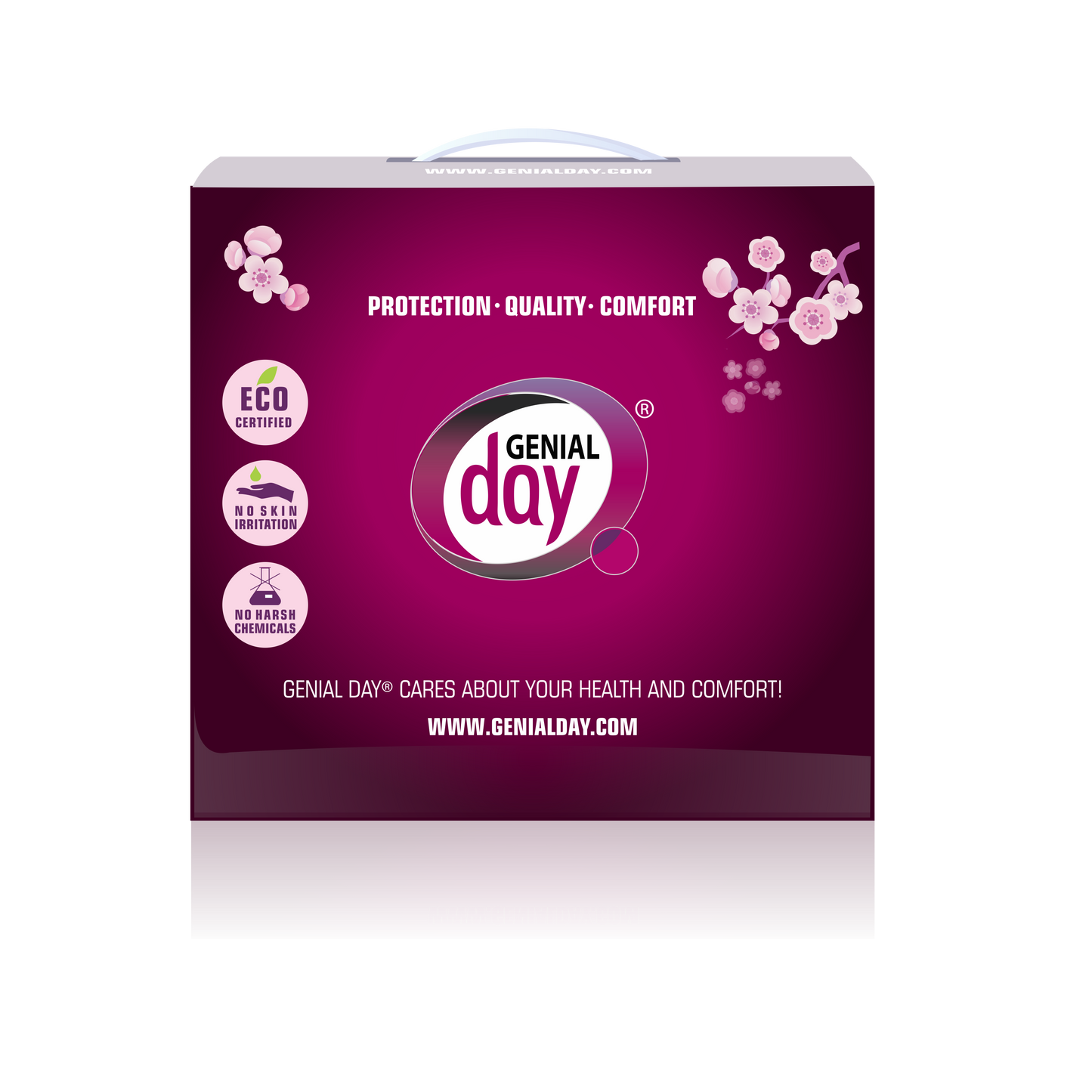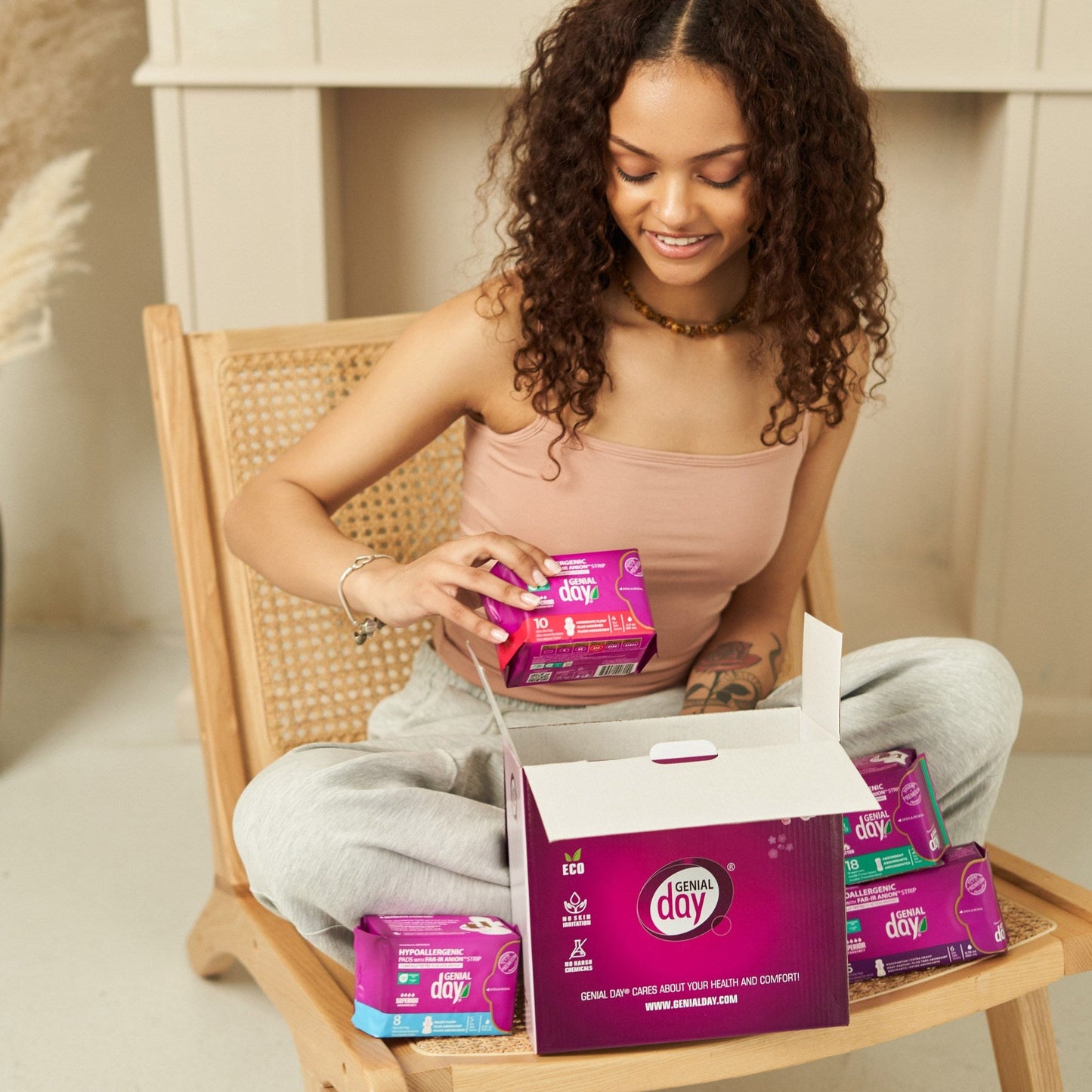Sometimes, it's hard to tell if you have a bacterial infection or a yeast infection. So what's the difference? Make sure you know so you can treat it.
It's just a fact of life. One way or another every woman will experience some form of vaginal infection.
Did you know yeast infections are not the leading cause of vaginal infections? Many of us jump to this conclusion when we are feeling like there is something off.
But it turns out that Bacterial Vaginosis or BV is most often the cause. So how do we know if we have a Bacterial Infection or Yeast Infection?
Let us review how to tell these unwelcome guests apart.
Tell the Difference: Bacterial Infection or Yeast Infection
Yeast Infections and Bacterial Infections can cause burning, itching, and redness in the vagina.
Take note of the type of vaginal discharge. This may be the key to a proper diagnosis.
The discharge caused by Yeast Infections is characterized as a white, cottage cheese-like substance that has a yeasty smell (like fresh bread). In some cases, it can even be odorless.
With Bacterial Infections discharge has a strong odor (fish-like), with a grayish color.
Vaginal pH
A women's vaginal pH is a delicate balance. Elevations in pH can be a common cause of infection.
You might want to take a trip back to science class to review pH values...
A healthy vaginal pH is typically between 3.5 and 4.5.
At any given time there is a battle going on between beneficial bacteria and pathogenic bacteria. A surplus of beneficial bacteria keeps pathogenic bacteria at bay and allows the vagina to manage its balance properly.
At times pathogenic bacteria wins, pH elevates, and infections can occur.
Did you know that blood has a pH of 7.4? That means that even our own periods can throw us out of balance.
Having sex affects our pH as well. Semen has a pH anywhere from 7.1 to 8.
Even certain feminine hygiene washes have an elevated pH of 5.5 or even higher.
Here are some DIY vaginal washes that are easy to make, pH-balanced, and natural.
In fact, you shouldn't be using soap to wash down there in the first place.
Treatment and Prevention
Your gynecologist can perform a pH test, perform a physical exam and make a diagnosis. Then you will know for sure whether you have a Bacterial Infection or Yeast Infection.
An over-the-counter medication might be recommended to treat a yeast infection. Whereas an antibiotic should be prescribed to treat a bacterial infection.
So many factors can affect our pH. It's wise to find ways of maintaining healthy pH on a daily basis as a preventative measure.
Ph-balanced pads, liners, and underwear are a great daily solution.
Time to Make the Switch
So many daily decisions have an impact on our vaginal health. Our pH might be delicate but women are not. We're in charge!
Women are taking their personal health into their own hands by choosing natural products designed with their bodies in mind.
Check out the countless positive testimonials at Genial Day.




